Database Design Project: ER Diagrams, Normalization, and SQL Queries
VerifiedAdded on 2021/05/30
|9
|884
|27
Project
AI Summary
This database design project encompasses several key aspects of database management. The solution begins with an analysis of relational schema mapping, focusing on candidate keys and the third normal form (3NF). It then delves into functional dependencies, identifying and addressing partial dependencies and multivalued attributes to ensure proper normalization. Decomposition strategies are employed to optimize the database structure. The project also includes a series of SQL queries designed to retrieve specific data from a database, demonstrating proficiency in data manipulation and retrieval. Furthermore, the solution presents an Entity-Relationship (ER) diagram, visually representing the database's structure and relationships between entities. Finally, functional dependencies are illustrated to reinforce database design principles. The project covers various aspects of database design, including relational schema, normalization, SQL queries, and ER diagrams.
1 out of 9
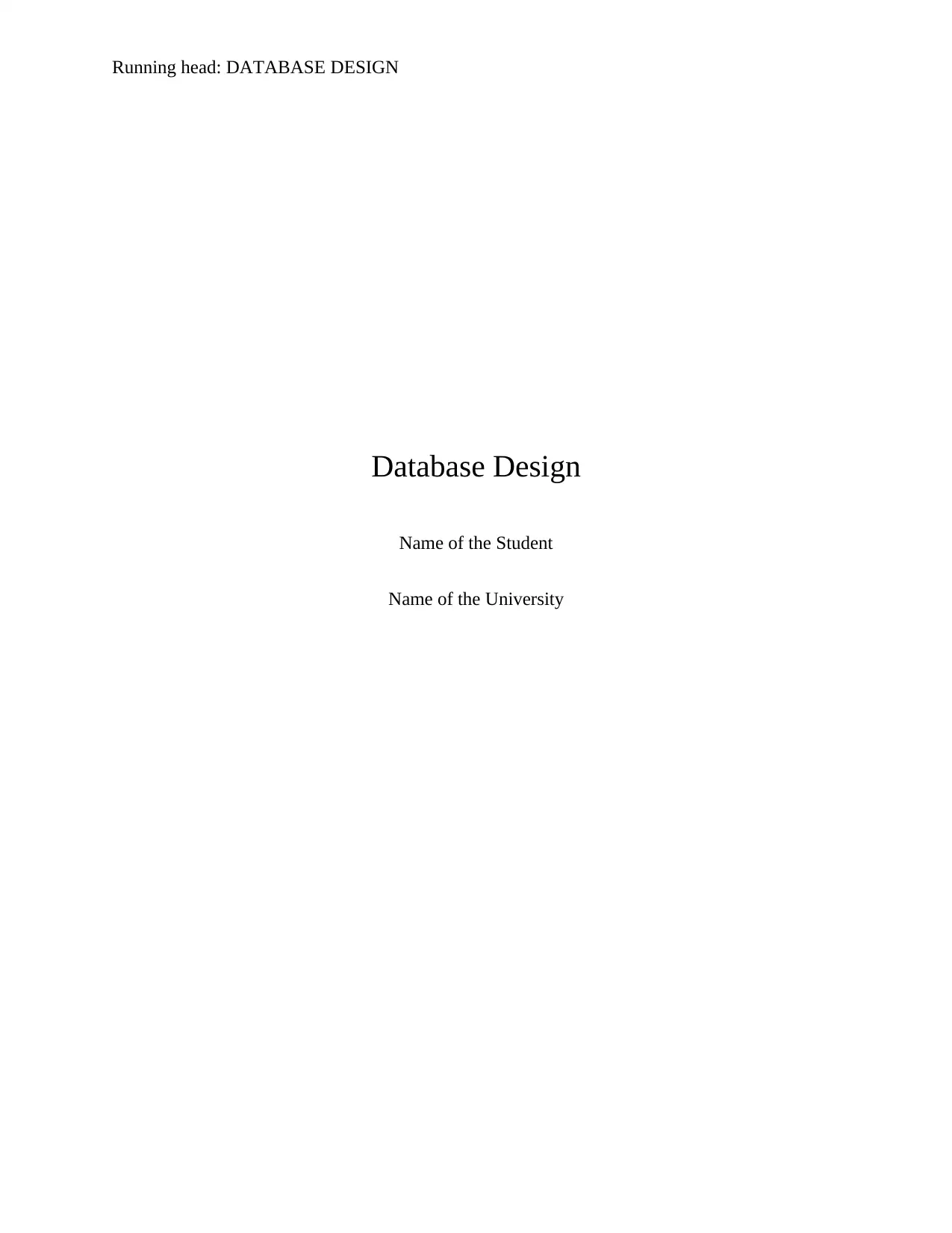
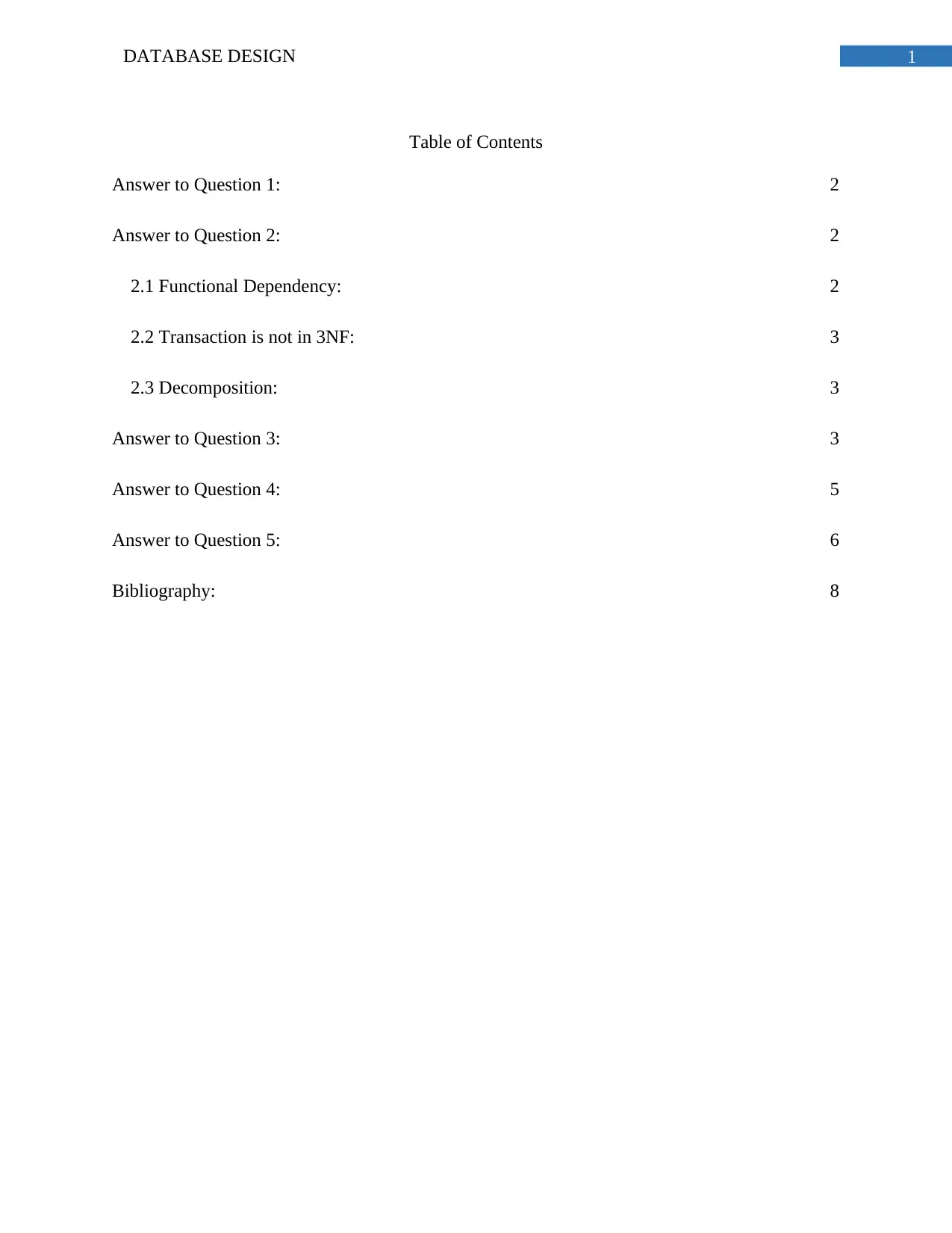
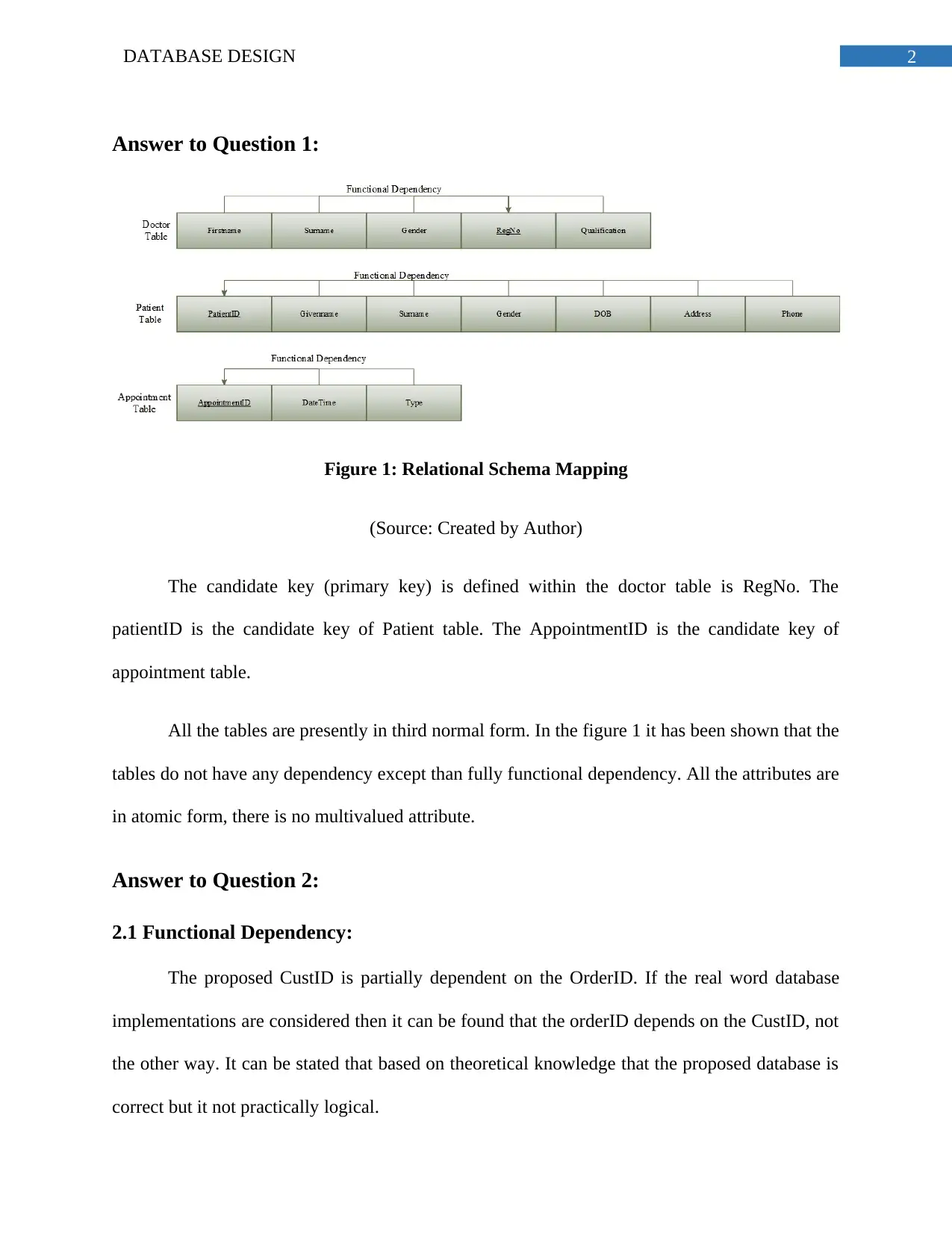

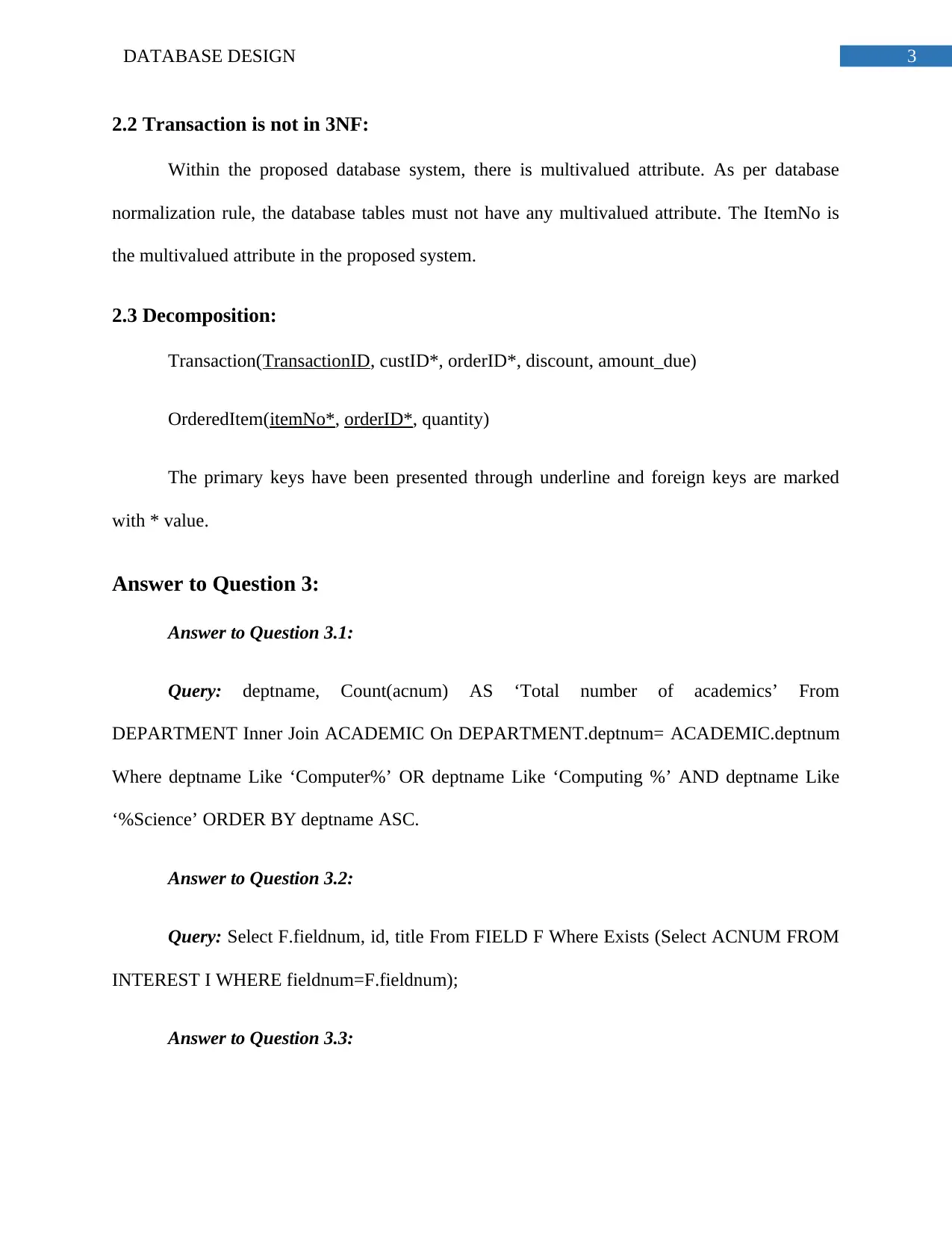
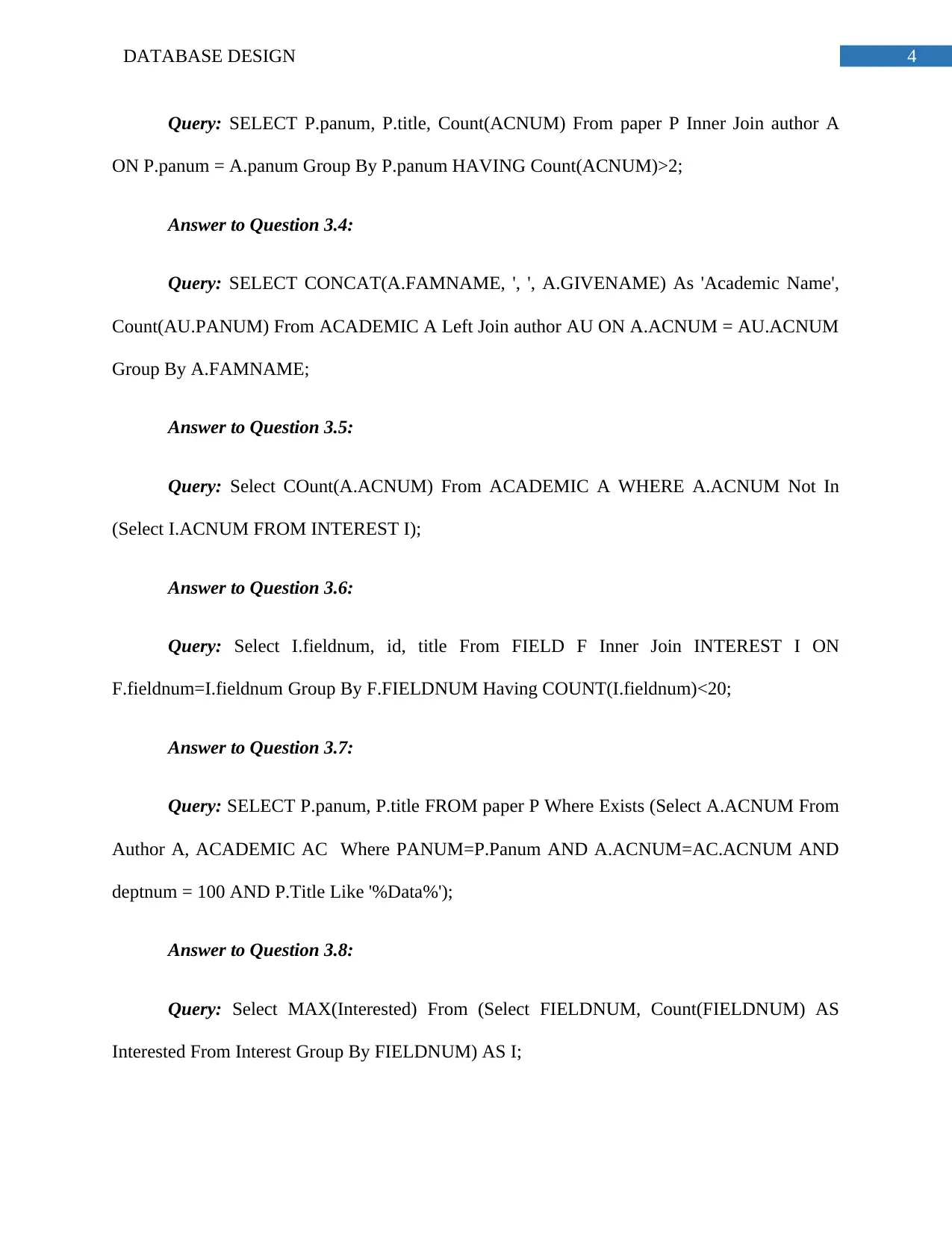
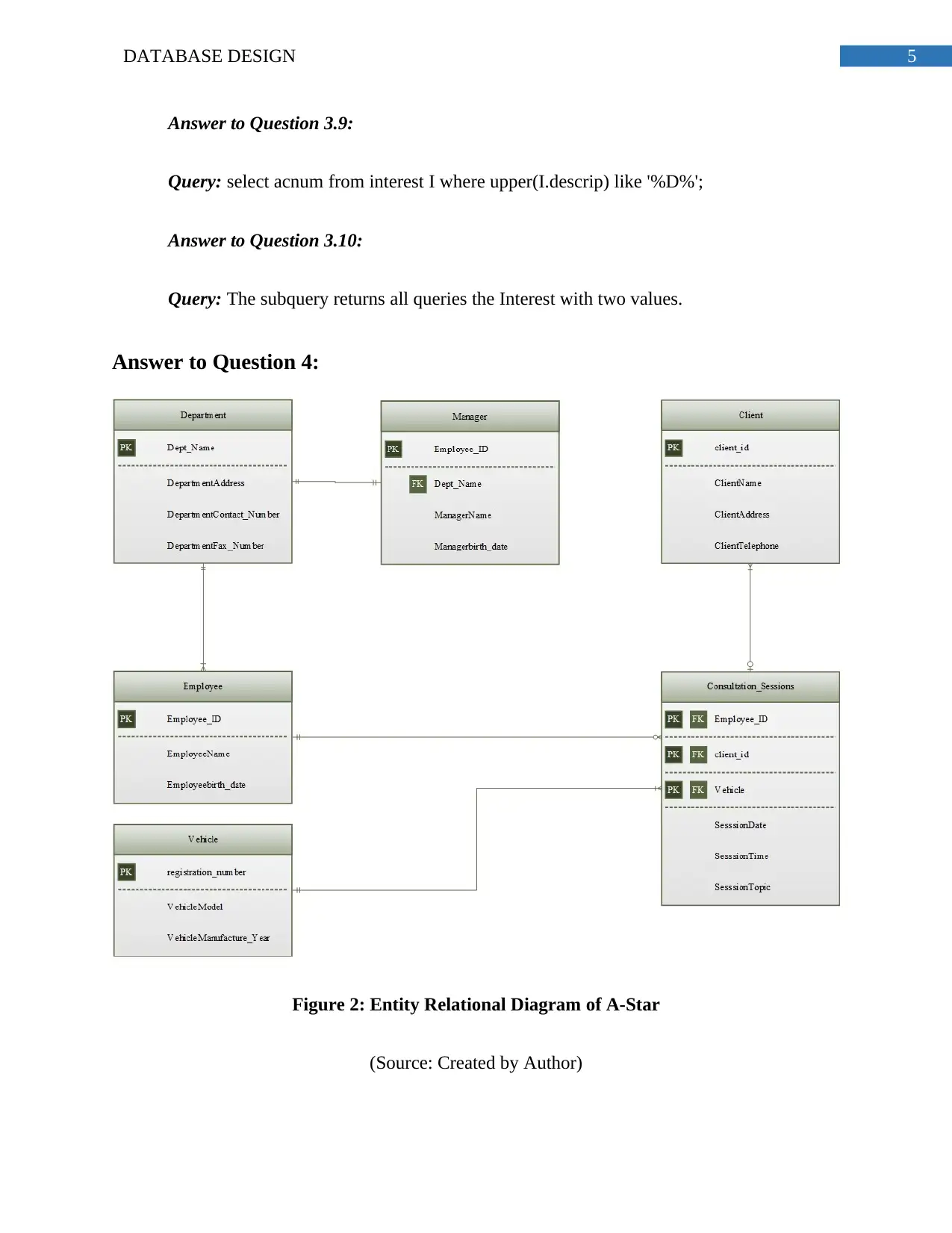
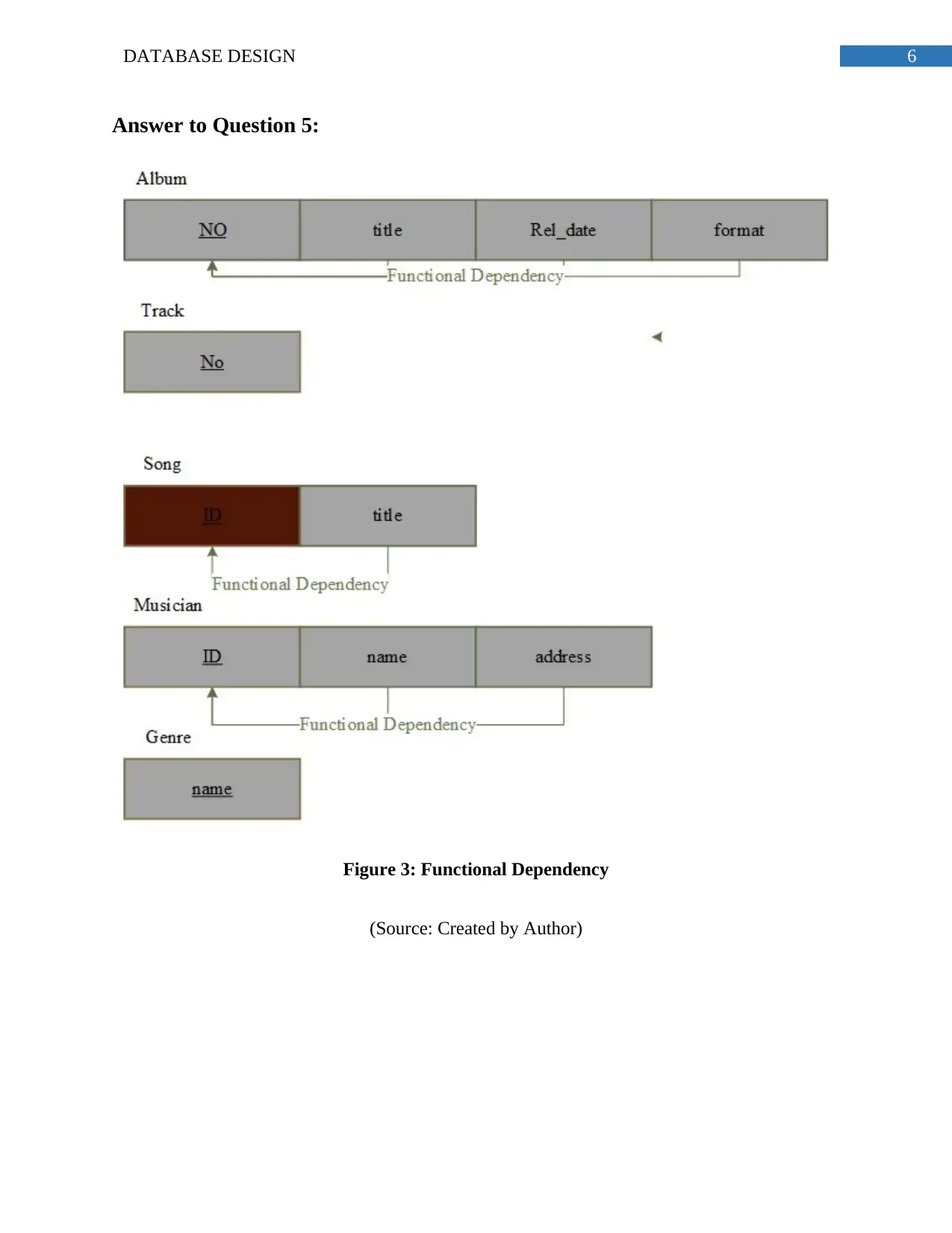
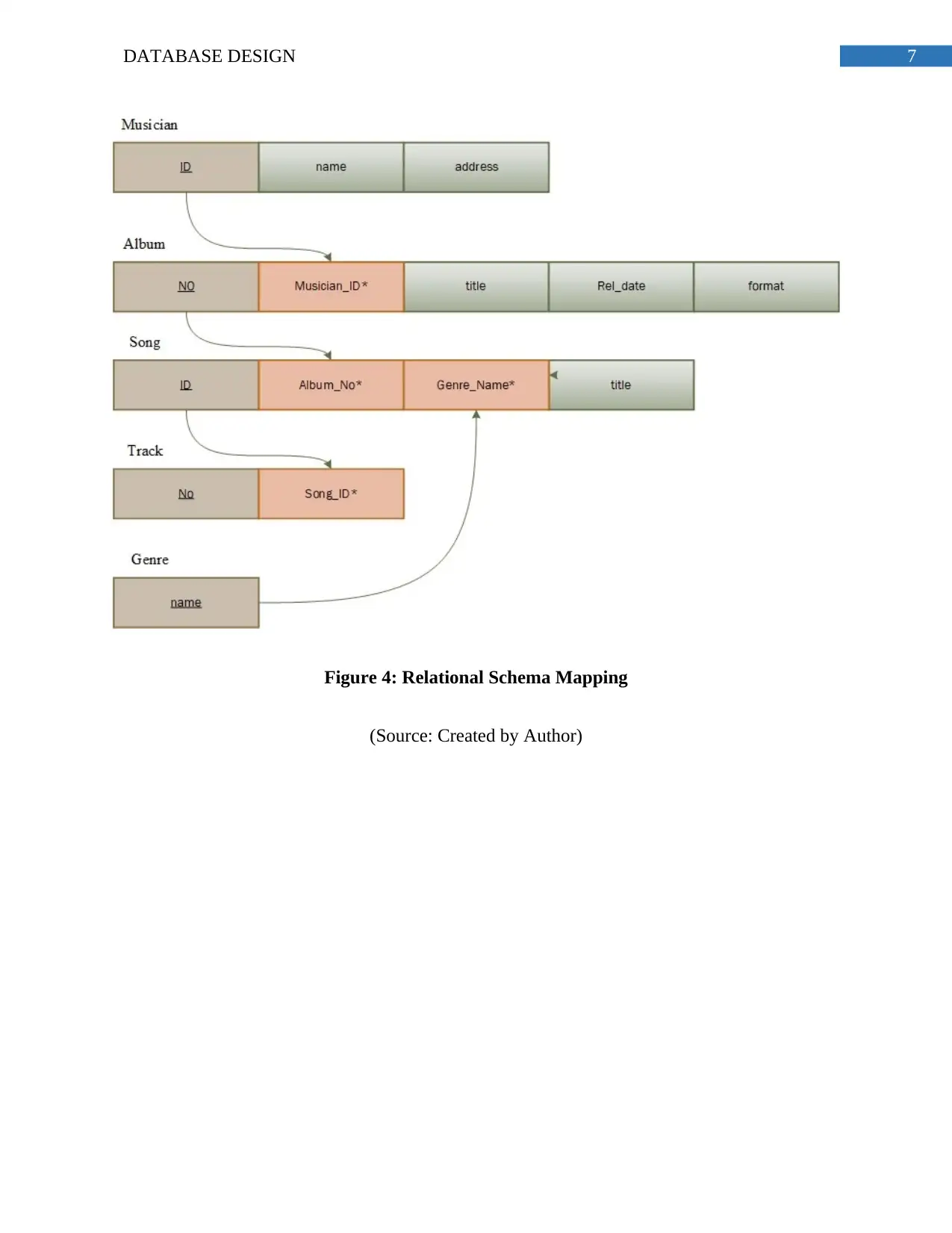
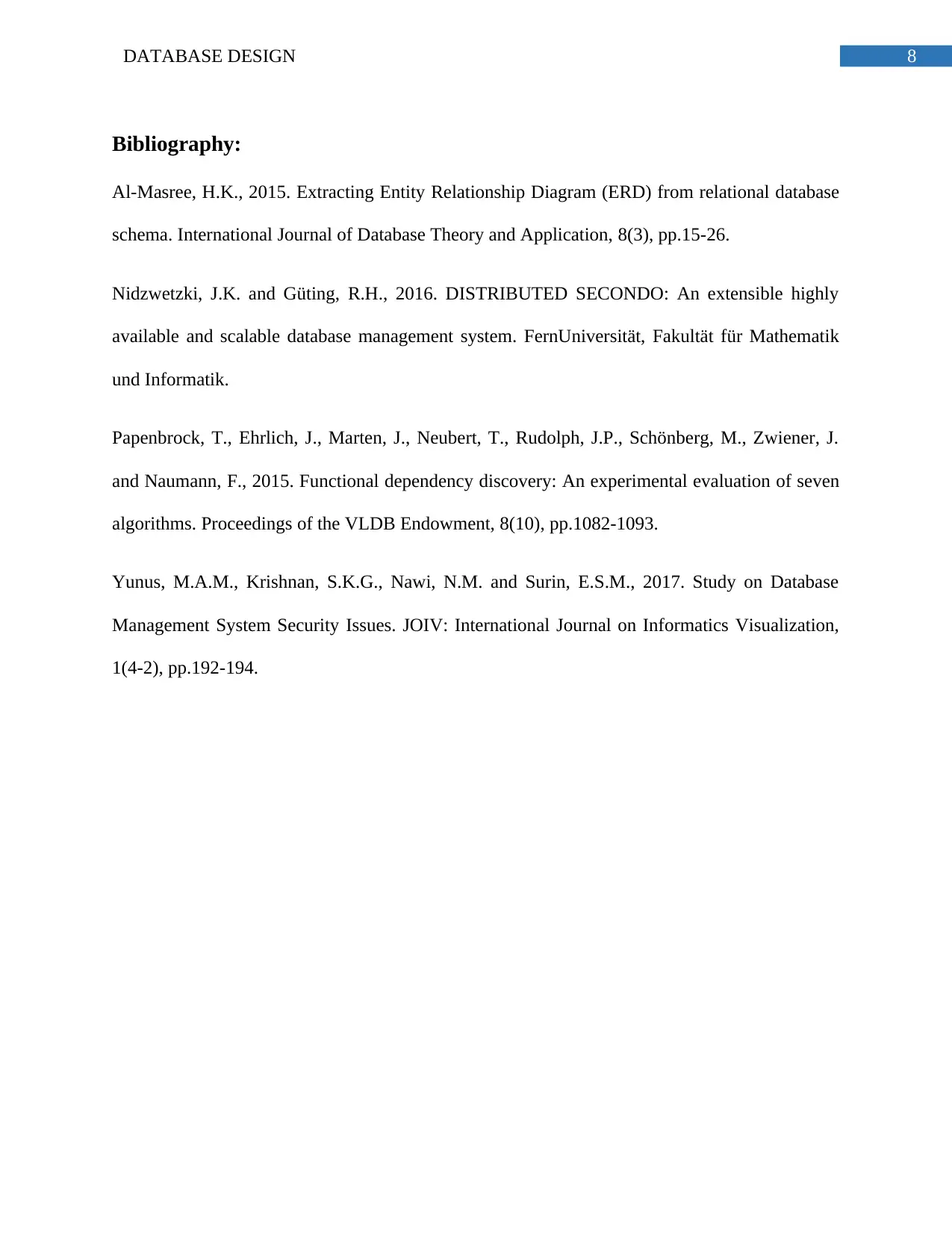





![[object Object]](/_next/static/media/star-bottom.7253800d.svg)